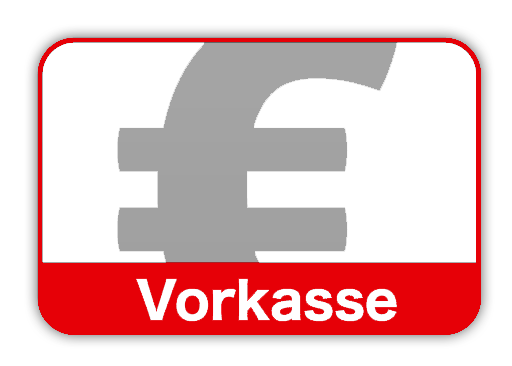Battery Regulation
Electrical and electronic equipment – information for private households
The Electrical and Electronic Equipment Act contains a large number of regulations concerning the handling of electrical and electronic devices. The most important ones are listed hereafter.
1. Separate collection of waste electrical and electronic equipment (WEEE)
Electrical and electronic devices which will be discarded as waste are considered as waste electrical and electronic equipment (WEEE). Owners of WEEE are required to collect them separately from unsorted municipal waste. WEEE should not be disposed of with household waste, but collected in special return and collection systems.
2. Return of used batteries free of charge
Used batteries must not be thrown into domestic bins. You are legally obliged to return old batteries to ensure a correct disposal. You can return used batteries to municipal collection points or to local retailers. Being a distributor of batteries, we are required, too, to take back old batteries, but only those which are or were part of our assortment as new batteries. Used batteries of the aforementioned type can either be returned to us by mail (sufficient postage paid) or handed directly to our premises at the following address:
Goingfast GmbH
Altenburger Straße 47-49
07580 Ronneburg
Germany
3. Meaning of the battery symbols
Batteries are marked with the symbol of a crossed-out waste bin (see above). This symbol indicates that batteries must not be thrown into domestic bins. Concerning batteries containing more than 0,0005 mass percent of mercury, more than 0,002 mass percent of cadmium or more than 0,004 mass percent of lead, the chemical name of the toxic substance used in the battery is indicated beneath the waste bin symbol - „Cd“ stands for cadmium, „Pb” stands for lead and “Hg” stands for mercury.
4. Batteries and rechargeable batteries
Owners of waste electrical and electronic equipment are required to separate used batteries and rechargeable batteries, which are not enclosed by the waste equipment, from the devices before their disposal at a collection point. This does not apply if waste electrical and electronic equipment are disposed at waste disposal authorities and separated from other waste equipment for the purpose of preparation for recycling.
5. Data protection notice
Waste electrical and electronic equipment often contains sensitive personal data. This applies especially to information and telecommunications technology devices as computers and smartphones. Please take into account for your own interest that every end-user is responsible for deleting of any data on the devices to be disposed of.
We are a member of the take-back system „take-e-back“. You can find further information at









